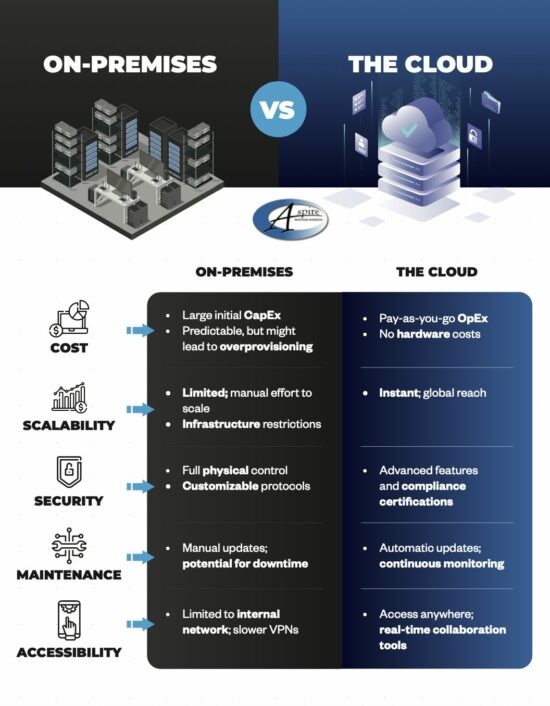Companies are investing more than ever in their cybersecurity and network security awareness programs. This investment is the result of the increasing number of phishing and other social engineering attacks that businesses from all over the world are dealing with. These efforts, while necessary in today’s climate, have seen marginal success, however. One survey found that around 60 percent of organizations that took part had been breached at some point over the previous two years. That’s three-in-every-five organizations having dealt with at least one instance of unauthorized access.
Where do companies go wrong? After all, they spend a lot of time and resources trying to keep unwanted entities off of their network. A disconnect between IT and management can have something to do with it. In fact, one-third of the organizations surveyed suggested that CIOs (and the like) had no idea what software their company was running. That could be a big problem starting at the top.
Developer Patches Have Been Consistently Ignored
There are endless examples where developers have released a patch for their software, but they weren’t rolled out to the systems on a network, leaving a vulnerability that was eventually taken advantage of. Many of the ransomware attacks we’ve seen in recent years were largely the result of companies not immediately patching what seemed like a minor software vulnerability. These organizations realized pretty quickly that there really are no minor software vulnerabilities.
How Can Your Business Improve?
There are a few things you can do to ensure that there are no exploitable holes in your network.
Create a Patch Management Policy
Comprehensive patch management starts like many other forms of the business, with a plan. A patch management policy should cover all of your organization’s software. By outlining processes and who is responsible for carrying them out, everyone will know what to do, when it needs to be done, and how to go about it.
A strong patch management platform will include identifying the right patches, implementing a formal patch schedule, deploying the patches, and making sure that the software that you’ve patched is up-to-date.
Test Your Systems
There are several ways you can go about testing the patches that you make. To properly do this you need to first create a test environment; or, one that is a simulation of your company’s production environment. The easiest and most cost-effective way to do this is to use a virtual environment. It doesn’t have to be a spitting image of your work environment, but it should have some of the same component software on there. The goal, of course, is to replicate your production environment to test your software patches.
After you are confident that your patch is satisfactory, you could just roll it out to all of the titles getting the patch. Start with a limited amount of production devices, test again, and then if all functions as expected roll it out company-wide.
While properly patching your solutions is serious business, you need to go about it in a collected way. Shooting from the hip (or in other words, just deploying the patch and forgetting it) could potentially create some problems with your other components or solutions. Instead, test new patches as much as you are able, and if you don’t have the resources to do that, roll out the patch gradually to help catch and minimize the damage done by any issues.
Use Automation
For smaller patches, automation can help. In fact, automation can assist with the efficacy of many business IT processes, and your patch management is no exception. Some patch management tools offer built-in automation capabilities that allow you to cover more ground, faster.
Never Panic
The developers of the software you use and the hackers trying to exploit discovered vulnerabilities are in a race, but once the patch is created, the process starts all over again. It’s cyclic and there is no need to panic about it.
Do You Need Help Managing Your Business’ IT Solutions?
Proper patch management is just one facet of a sufficient IT security strategy. At Aspire, we can help you identify and deploy any other security needs your company may have. We can find tools that are designed to keep your data protected against threats. Have concerns about your security? Reach out to our professional team at (469) 7-ASPIRE.


